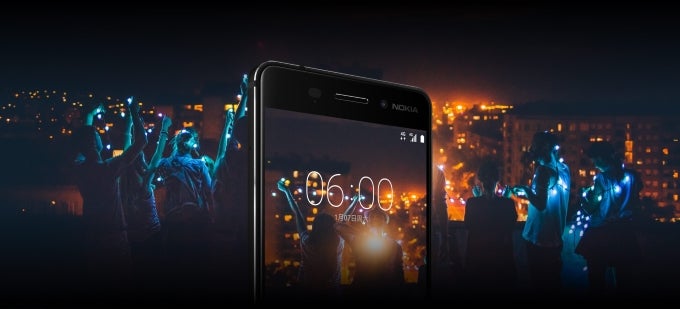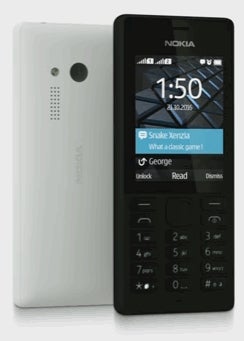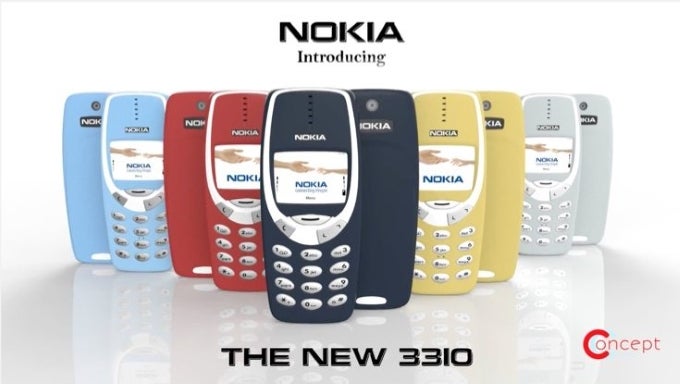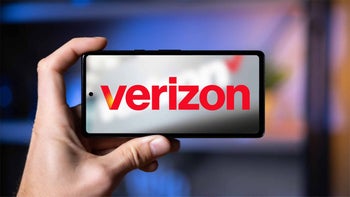The Nokia flagship - one big reason it's still in limbo

Money

Nokia 150 - the first Nokia under HMD's banner
For comparison, Samsung sold over 13 million Galaxy S7 edge devices in the first half of 2016. That's $3.3 billion in manufacturing costs alone. Unfortunately, we don't have any information on HMD's manufacturing budget, nor do we know the number of handsets it has sold, but the marketing budgets of the two companies hint towards a massive gap between the South Korean Goliath and the Finnish David. HMD said it will spend about $500 million for marketing, over the course of three years; Samsung spent $14 billion on marketing just the Galaxy S devices in 2013 alone.
But, as we all know, no one walks around with a briefcase of full cash, dropping it on their supplier's desk. There are these nifty little things called credits. Wouldn't HMD be able to get one and start production? Most certainly, but a company that has yet to make its first year or release a second product, and starts off with such small capital will not be able to get a big credit. It's just too much of a risk. Otherwise, everyone would be making flagship smartphones.
The normal margin between production costs and retail price is approximately 55-75%. So, if we take an average of 65%, this would make the manufacturing costs of one Nokia 6 unit somewhere around $150, so it can later be sold for $250. A much cheaper alternative that allows the $100 bucks saved per unit to go towards other much-needed budgets, such as salaries, marketing or the development of a new device.

The alleged Nokia 8 at Qualcomm's CES booth (spoiler alert - It's not even a Nokia)
Strategy
No brand has started from the top, except maybe for Apple with the original iPhone, but that was more like creating a new market than actually competing in an established one. Nokia is no exception.
And if you're a startup with the first smartphone you actually make, the last thing you want is to get off on the wrong foot. Mid-rangers are the perfect way to avoid large failures – users know they're paying for a phone that's nothing special, and their expectations are not very high. If you make a not-so-good device, most people will merely shrug it off and move on, forgetting about it in a few weeks, so your reputation would be safe. But if you make a solid handset, you could gain some traction and keep moving forward with some extra cash and prestige under your belt.

HMD is bringing back the indestructible Nokia 3310 (Image courtesy of Concept Creator)
So, what HMD is actually doing here, is playing it smart. China is a very saturated, but also huge market. Everything even remotely good sells like crazy there. While Western markets are dominated by established brands, and top-quality devices. So it only made sense for HMD to release the Nokia 6 in China.
The device sold out in less than a minute not once, but twice. This speaks for either an unusually low supply, paired with okay demand; or an okay supply, paired with extraordinary demand. Either way, we can safely assume that the Nokia 6 is a commercial success so far. And that's what HMD Global needs to get the ball rolling for the other six devices we expect this year, including high-end ones.
When is the flagship actually coming?
The mobile world deserves its former king's return.
I'll be perfectly honest here – no idea. So far, it appears that HMD is betting on feature phones and mid-rangers, trying to create a solid foundation for its higher-end devices. I do believe that we'll get a flagship by the end of the year, but there are ten months to go until then, so it's really hard to speculate on when exactly we'll see the groundbreaking top-of-the-line Nokia.Whenever it is, though, I certainly hope it's a good one. The mobile world deserves its former king's return.
Follow us on Google News














Things that are NOT allowed:
To help keep our community safe and free from spam, we apply temporary limits to newly created accounts: